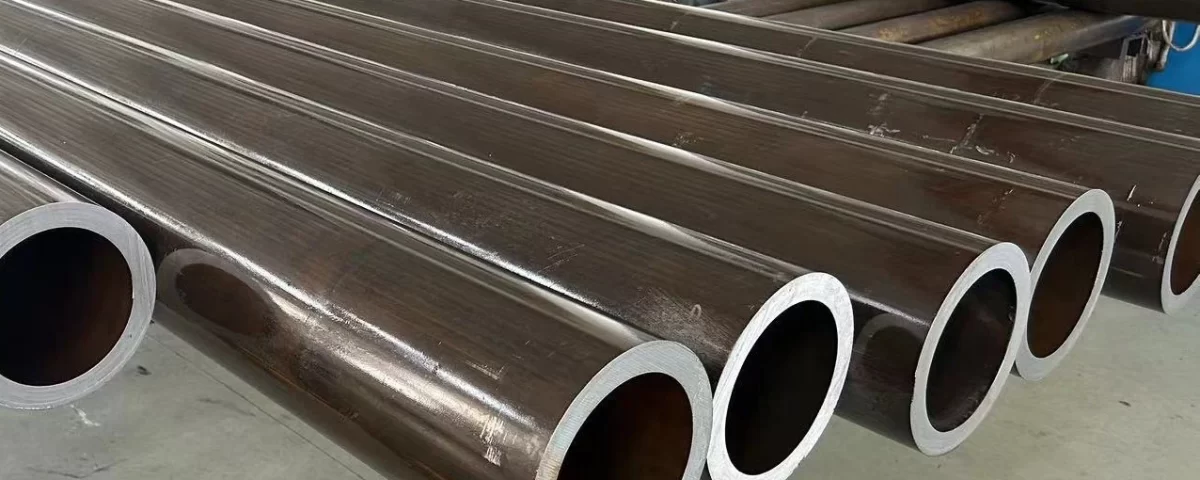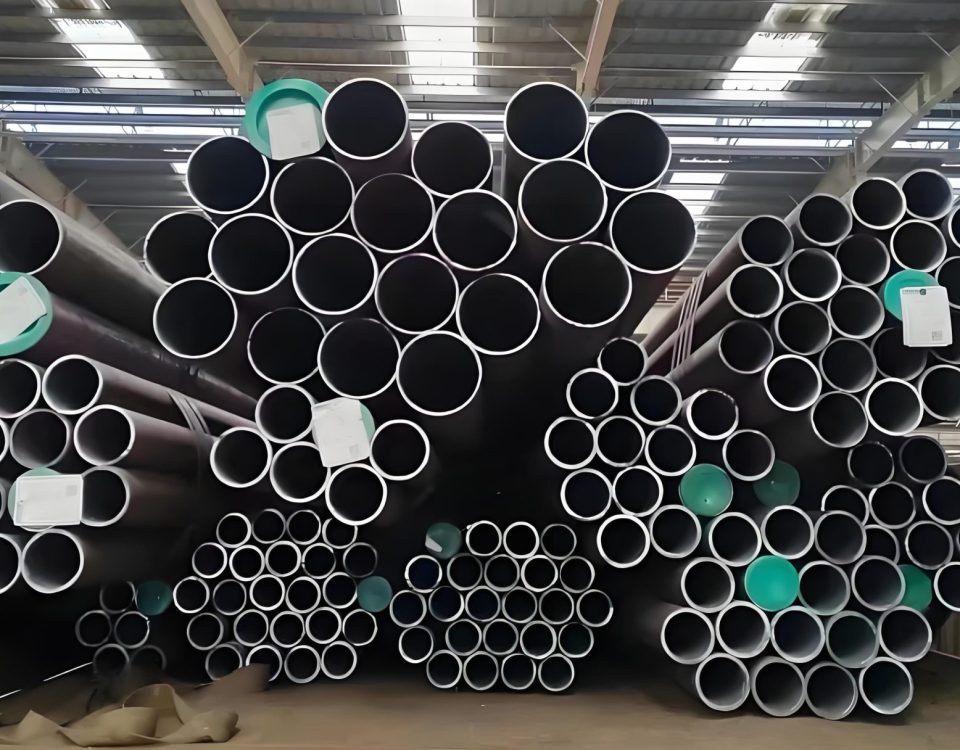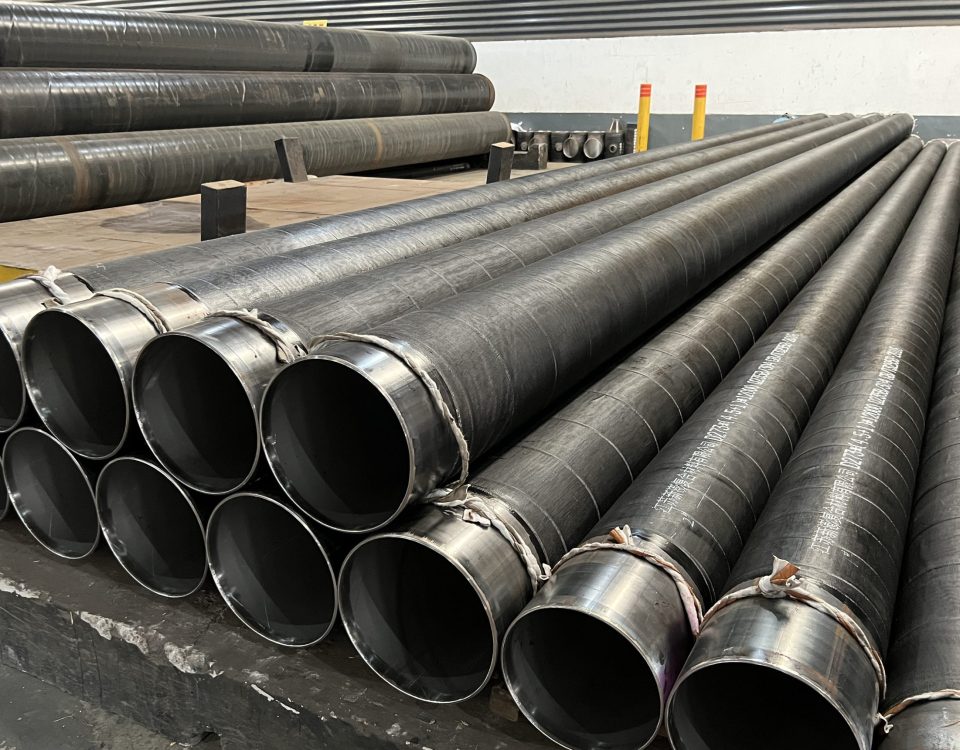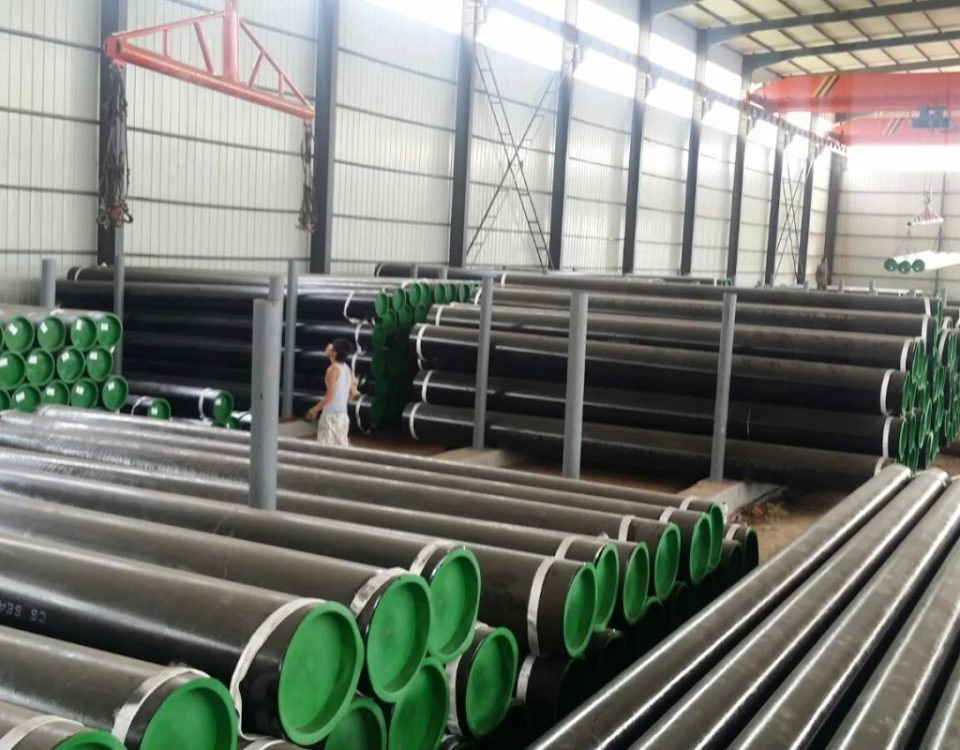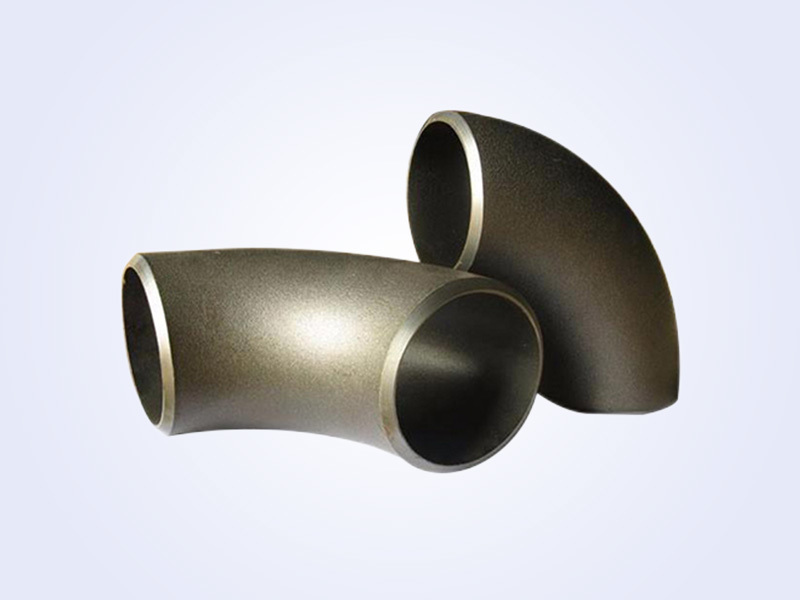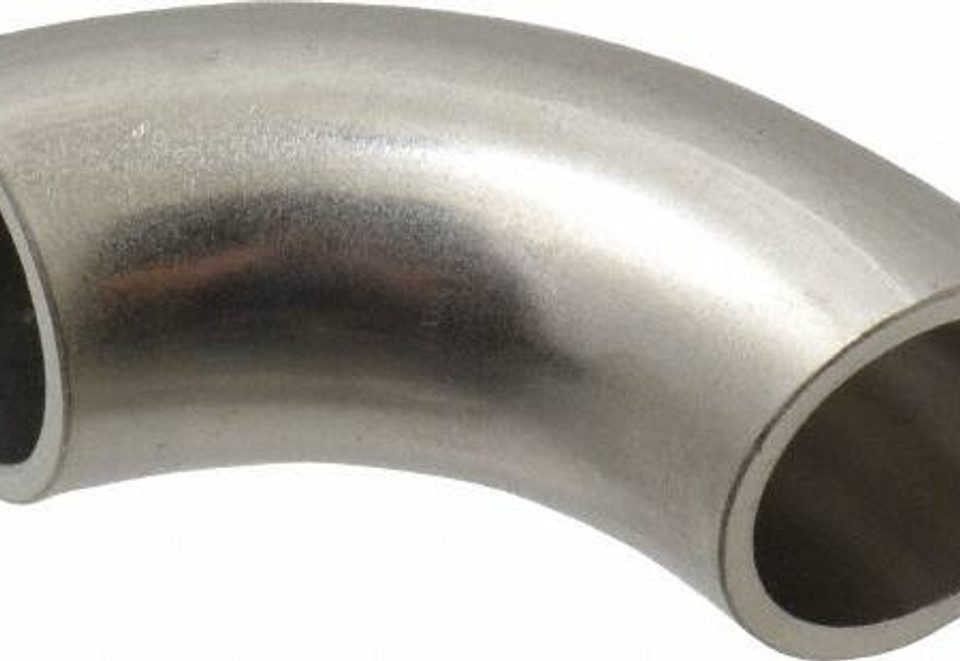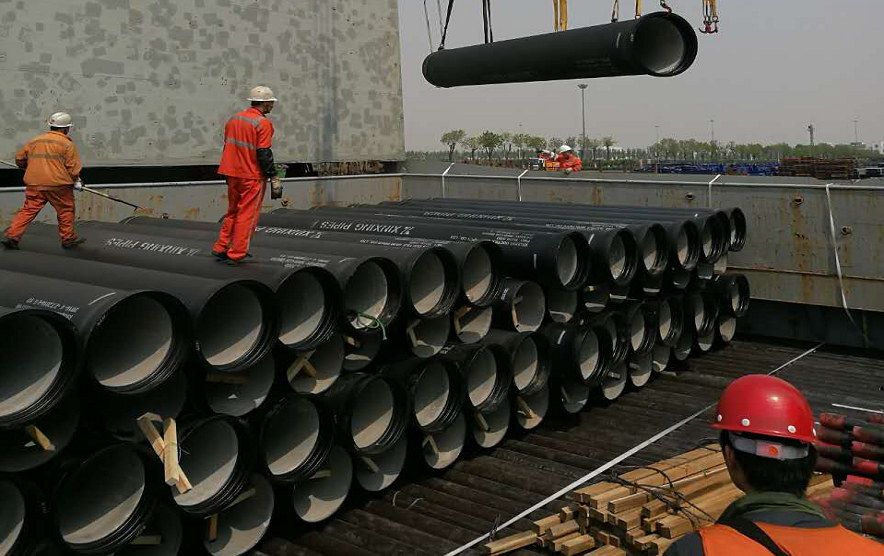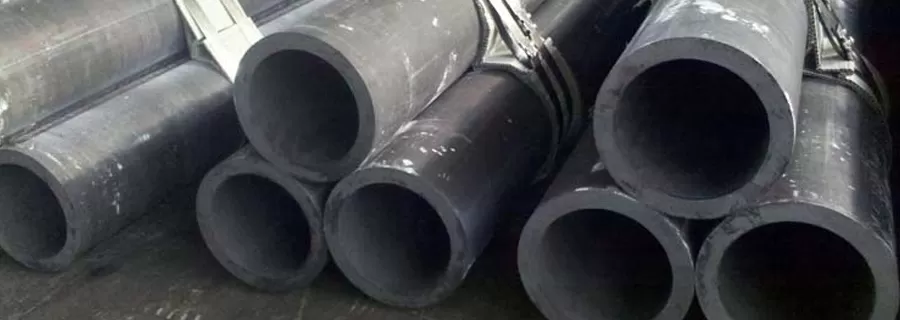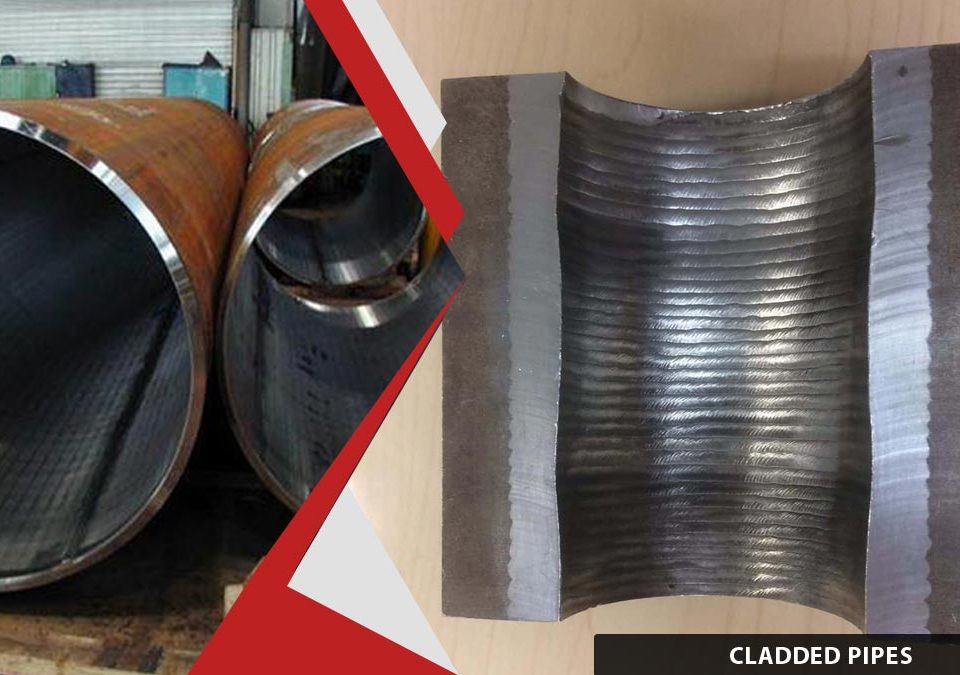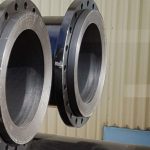
HDPE Inner Steel Pipe System for Drinking Water Pipelines
August 7, 2024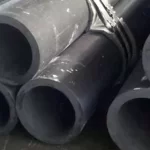
How Seamless Steel Pipes Shape the Backbone of Modern Industries
August 18, 2024The Future of Seamless pipe Technology: Trends and Predictions
Introduction
Seamless pipe technology has been a cornerstone in various industries, providing essential components for applications ranging from oil and gas to automotive and aerospace. As we move into the future, the demand for seamless pipes is expected to grow, driven by technological advancements and evolving industry needs. This article explores the future of seamless pipe technology, highlighting key trends and predictions that will shape the industry in the coming years.
Current State of Seamless pipe Technology
Overview
Seamless pipes are manufactured without any welded seams, offering superior strength, durability, and resistance to pressure compared to welded pipes. These characteristics make them ideal for critical applications where reliability and performance are paramount.
Applications
- Oil and Gas: Used in drilling, extraction, and transportation of hydrocarbons.
- Automotive: Essential for components such as fuel injection systems and hydraulic cylinders.
- Aerospace: Used in aircraft structures and hydraulic systems.
- Construction: Utilized in structural applications requiring high strength and durability.
Emerging Trends in Seamless pipe Technology
Advanced Manufacturing Techniques
Additive Manufacturing
Additive manufacturing, or 3D printing, is revolutionizing the production of seamless pipes. This technology allows for the creation of complex geometries and customized designs, reducing material waste and production time.
Automation and Robotics
Automation and robotics are increasingly being integrated into seamless pipe manufacturing processes. These technologies enhance precision, reduce human error, and increase production efficiency, leading to cost savings and improved product quality.
Material Innovations
High-Performance Alloys
The development of high-performance alloys is expanding the capabilities of seamless pipes. These materials offer enhanced strength, corrosion resistance, and temperature tolerance, making them suitable for demanding applications in industries such as aerospace and energy.
Composite Materials
Composite materials, combining metals with polymers or ceramics, are being explored for seamless pipe production. These materials offer a balance of strength, weight, and flexibility, opening new possibilities for lightweight and high-performance applications.
Sustainability and Environmental Considerations
Eco-Friendly Manufacturing
The seamless pipe industry is increasingly focusing on eco-friendly manufacturing practices. This includes reducing energy consumption, minimizing waste, and utilizing sustainable materials, aligning with global efforts to reduce the environmental impact of industrial processes.
Recyclability
The recyclability of seamless pipes is becoming a key consideration, with manufacturers exploring ways to enhance the recyclability of their products. This trend is driven by the growing demand for sustainable solutions and circular economy principles.
Predictions for the Future of Seamless pipe Technology
Increased Demand in Emerging Markets
As emerging markets continue to industrialize, the demand for seamless pipes is expected to rise. Industries such as construction, automotive, and energy in regions like Asia-Pacific and Latin America will drive this growth, creating new opportunities for manufacturers.
Integration of Smart Technologies
The integration of smart technologies, such as the Internet of Things (IoT) and artificial intelligence (AI), will transform seamless pipe manufacturing and applications. These technologies will enable real-time monitoring, predictive maintenance, and enhanced performance, leading to increased efficiency and reliability.
Customization and Personalization
The demand for customized and personalized seamless pipe solutions will grow, driven by the need for tailored products in industries such as aerospace and medical devices. Advanced manufacturing techniques, such as additive manufacturing, will facilitate this trend, allowing for greater flexibility and innovation.
Enhanced Performance and Durability
Future seamless pipes will offer enhanced performance and durability, driven by material innovations and advanced manufacturing techniques. This will enable their use in increasingly demanding applications, such as deep-sea exploration and space travel.
Conclusion
The future of seamless pipe technology is promising, with numerous trends and predictions indicating significant growth and innovation. Advanced manufacturing techniques, material innovations, sustainability considerations, and the integration of smart technologies will shape the industry, offering new opportunities and challenges. As seamless pipes continue to evolve, they will play a crucial role in supporting the needs of various industries and contributing to technological advancements.
FAQ
1. What are the main advantages of seamless pipes over welded pipes?
Seamless pipes offer superior strength, durability, and resistance to pressure, making them ideal for critical applications where reliability and performance are paramount.
2. How is additive manufacturing impacting seamless pipe production?
Additive manufacturing allows for the creation of complex geometries and customized designs, reducing material waste and production time, and enabling greater flexibility and innovation.
3. What material innovations are shaping the future of seamless pipes?
High-performance alloys and composite materials are expanding the capabilities of seamless pipes, offering enhanced strength, corrosion resistance, and temperature tolerance for demanding applications.
4. How is sustainability influencing the seamless pipe industry?
The industry is focusing on eco-friendly manufacturing practices, reducing energy consumption, minimizing waste, and enhancing recyclability, aligning with global efforts to reduce environmental impact.
5. What role will smart technologies play in the future of seamless pipes?
Smart technologies, such as IoT and AI, will enable real-time monitoring, predictive maintenance, and enhanced performance, leading to increased efficiency and reliability in seamless pipe applications.

